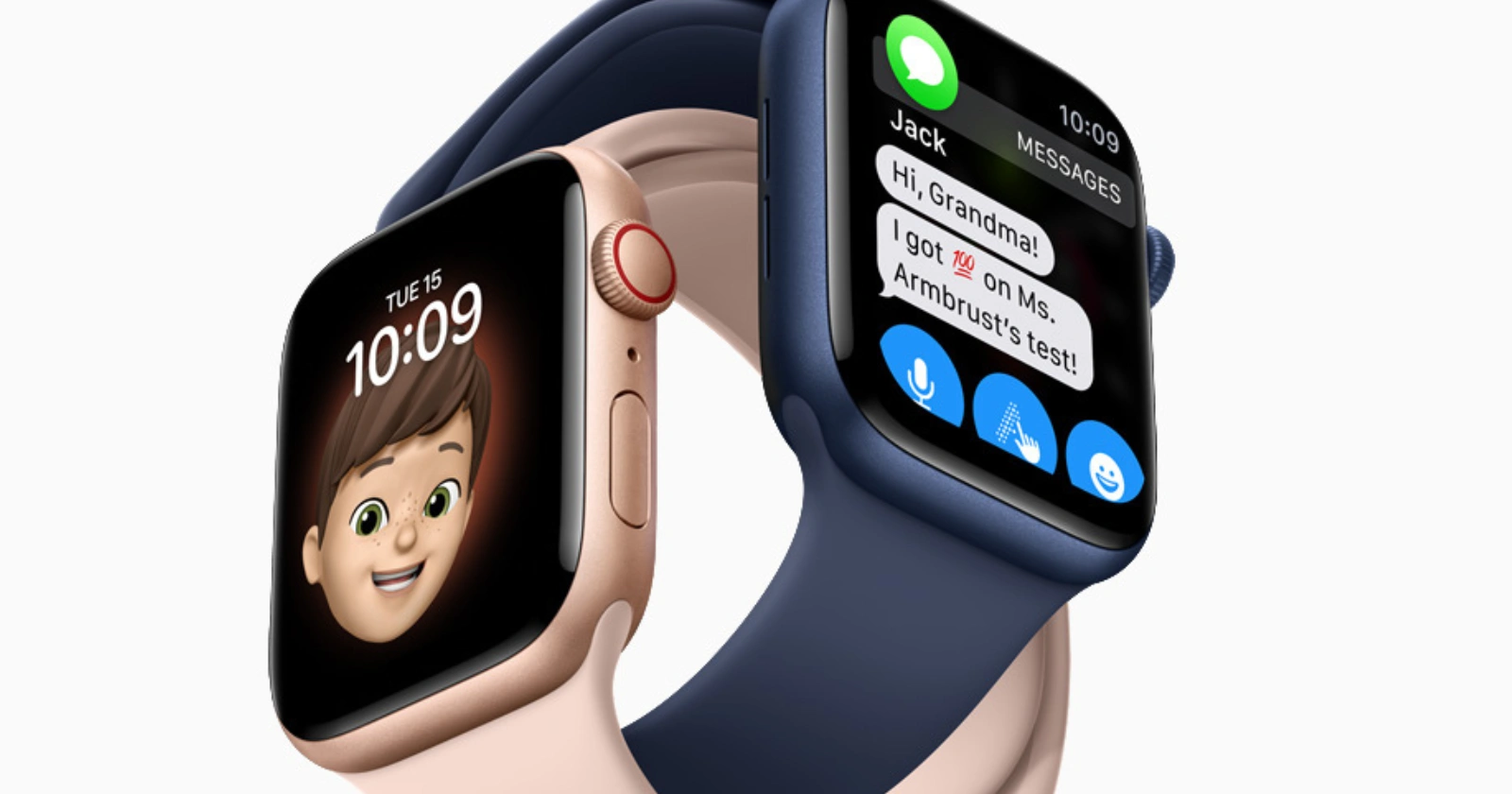Apple has unveiled a groundbreaking feature in its latest smartwatch lineup that leverages artificial intelligence to detect potential signs of high blood pressure, potentially alerting millions to a silent killer that affects billions worldwide.
This innovation marks a significant advancement in wearable health technology, using existing sensors to provide passive monitoring without the need for new hardware.
The Dawn of AI-Driven Health Monitoring
The Apple Watch Series 11, which hit stores on September 20, 2025, introduces hypertension notifications, a feature that analyzes heart sensor data to spot patterns indicative of chronic high blood pressure. This capability extends to older models, including the Series 9 and Ultra 2, ensuring broader accessibility for users.
Unlike traditional blood pressure cuffs, which require active measurement, this system operates in the background, reviewing data over 30-day periods to identify consistent signals of hypertension.
Sumbul Ahmad Desai, Apple’s vice president of health, explained that the company applied AI models to existing optical heart sensor data. This sensor, which tracks how blood vessels respond to heartbeats, provided the foundation for the algorithm.
Apple drew from a vast dataset of 100,000 participants in its 2019 heart and movement study to correlate sensor signals with conventional blood pressure readings. Multiple layers of machine learning refined the model, culminating in a validation study with 2,000 individuals.
This approach highlights Apple’s commitment to privacy, as Desai noted that limited access to user data outside studies paradoxically fuels innovation by focusing on high-quality, anonymized research inputs.
The feature received clearance from the U.S. Food and Drug Administration on September 12, 2025, underscoring its reliability. It does not replace direct measurements but prompts users to confirm with a cuff and consult a physician, aligning with guidelines from the American Heart Association.
How the Technology Works
At its core, the hypertension notification relies on the Apple Watch’s optical heart sensor, which uses light to measure blood flow changes. The AI algorithm processes this data passively, looking for vascular responses that suggest elevated pressure over time. Users receive alerts only if patterns persist, reducing the likelihood of unnecessary alarms.
This passive monitoring addresses a key challenge in hypertension detection: the condition often presents no symptoms, leading to delayed diagnoses. By integrating seamlessly into daily life, the feature empowers users to take proactive steps, such as logging blood pressure readings for seven days post-alert and sharing them with healthcare providers.
Apple’s press release from September 9, 2025, emphasized that the technology builds on existing health tools like irregular rhythm notifications and sleep tracking. The company projects that within the first year, over one million undiagnosed individuals could receive notifications, potentially averting serious complications.
Validation and Scientific Backing
The development process involved rigorous scientific validation. Initial training used data from the large-scale heart study, followed by a dedicated clinical trial. This methodical approach ensures the algorithm’s accuracy, though Apple acknowledges it will not catch every case.
Harlan Krumholz, a cardiologist at Yale University, praised the feature for making detection accessible. “Hypertension is the leading preventable cause of heart attack and stroke, yet millions remain undiagnosed,” he stated. Experts like Ami Bhatt from the American College of Cardiology highlighted its potential to reduce heart attacks, strokes, and kidney disease through early intervention. However, Bhatt cautioned against overreliance, noting risks of false positives or false reassurance where users without alerts assume they are clear.
Global Rollout and Accessibility
Available in more than 150 countries, including the United States and European Union nations, the feature launches with watchOS 26. This wide reach amplifies its impact in regions with limited healthcare access. Users on compatible devices can enable it via the Health app, with notifications guiding them toward professional care.
The rollout coincides with growing awareness of wearable tech’s role in public health. Social media reactions on platforms like X reflect enthusiasm, with users calling it a “proactive health guardian” that could save lives. One post described it as Apple “flexing its AI muscle,” turning wrists into vigilant monitors.
The Broader Context of Hypertension
Hypertension affects approximately 1.4 billion adults globally, a figure projected to rise amid aging populations and lifestyle changes. According to the World Health Organization, nearly half of those affected remain unaware, with only 21 percent achieving control through treatment. In low- and middle-income countries, where two-thirds of cases occur, diagnosis rates are even lower.
In the United States, the Centers for Disease Control and Prevention reports that 49.4 percent of adults aged 20 and older have hypertension, contributing to heart disease and stroke as leading causes of death. Nearly half of American adults—about 119.9 million—live with the condition, but only one in four has it under control.
| Region | Hypertension Prevalence (%) | Unaware Adults (%) | Controlled Cases (%) |
|---|---|---|---|
| Global | 22 (adults 30-79) | 46 | 21 |
| Africa | 27 | ~50 | ~10 |
| Americas | 18 | ~40 | ~35 |
| Europe | 23 | ~45 | ~25 |
| South-East Asia | 26 | ~55 | ~15 |
| Western Pacific | 19 | ~40 | ~30 |
(Data sourced from WHO fact sheet on hypertension, accessed September 2025. Link: https://www.who.int/news-room/fact-sheets/detail/hypertension)
These statistics reveal stark disparities, with Africa facing the highest burden and the Americas the lowest prevalence. Modifiable risks, such as excessive salt intake and physical inactivity, exacerbate the issue, while non-modifiable factors like age and genetics play roles.
Implications for Public Health and Technology
This feature arrives as hypertension-related deaths climb, with the WHO estimating it as a top cause of global mortality. By embedding AI in wearables, Apple positions itself at the forefront of preventive medicine, complementing features like ECG and blood oxygen monitoring introduced in prior models.
Critics, however, urge caution. Publications like The Conversation question if such alerts could lead to unnecessary anxiety or complacency. Bhatt emphasized that traditional cuff measurements remain essential for accurate diagnosis.
Looking ahead, this innovation could inspire similar AI applications in other devices, fostering a shift toward continuous health tracking. As Krumholz noted, integrating detection into daily routines may prevent avoidable harm, especially in underserved areas.
Future Prospects and Challenges
Apple’s hypertension notifications represent a milestone in AI’s health applications, but challenges persist. Ensuring equitable access, particularly in regions with low smartwatch adoption, remains key. Additionally, ongoing studies will refine the algorithm, potentially expanding to detect other conditions.
The CDC highlights that controlling hypertension could prevent millions of cardiovascular events annually. With Apple’s reach, this feature might contribute significantly, encouraging lifestyle changes like increased physical activity and healthier diets.
In a world where hypertension silently threatens billions, this AI-powered alert offers hope for earlier interventions, potentially transforming how societies combat this pervasive health issue. As technology evolves, such tools could bridge gaps in healthcare, saving lives one notification at a time.



